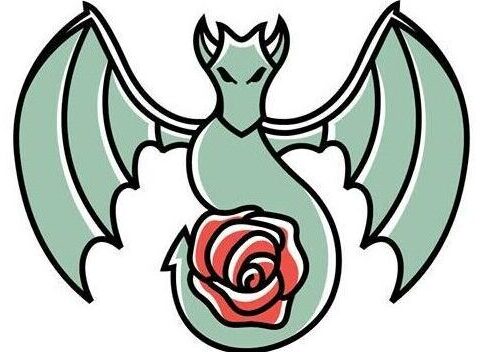Summer means cantaloupes, honeydews, and watermelon. Plant them now to give ’em a good start.
Melons should go into the ground about the same time you plant your tomatoes, beans, and cucumbers. (Here in Missouri, the traditional date of the last frost is May 15, though this year it’s been insanely wet and cold.)

If you’re sowing melon seeds, make a little hill of rich soil into which you’ve dug some compost. At the top, plant three to five seeds about two inches apart and about an inch deep. Once the melon plants have developed two sets of leaves, pull up the smallest and weakest vines, leaving the two strongest plants.
For an earlier start, you could lay a sheet of black plastic over the soil and the melon hill, make a little hole in the middle, plant the seeds through the hole, and let the melons grow. The black plastic will warm up the soil for the plants, serves as a mulch for them (certainly it will help keep weeds down), and makes cleaning up the melon mess at the end of the season much, much easier! Of course, anchor the plastic so the melon plant won’t sail away over your house during the next thunderstorm.
Melons like about an inch of water every week (actually this rule applies to most every garden plant). If you use drip irrigation or a soaker hose in your garden, you can bring water directly to the ground next to the roots , keeping it under your mulch or black plastic. It also prevents fungal diseases in the leaves, because direct irrigation keeps the leaves dry.
Fertilize with a well-balanced fertilizer, such as 5-5-5, and add several inches of compost, or a straw mulch, or a mulch of grass clippings or shredded leaves. (If you are using the black plastic, mulch won’t be necessary.)
If you see an early burst of flowers but you don’t see any tiny fruits following the flowers, don’t panic. The earliest flowers that show up on the plant are male flowers – pollen-bearers – and won’t set fruit. Male flowers are small, appear in groups, and have no fruit at the base. Female flowers, when they develop, are larger, and they will have a tiny vegetable-shaped bulb at the base of the flower.
If for some reason the bees are scarce, or if you want to be absolutely sure that every flower gets pollinated, you can pollinate the flowers yourself. (P.S. This goes for any of the cucurbits – pumpkins, squash, cucumbers, cantaloupe, and watermelons.) Dip a paintbrush or a cotton swab into the anthers of the male flower – the parts that are covered with golden pollen – and make sure you see the little yellow specks of pollen on it. Then dust the pollen onto the pistil in the middle of the female flower and make sure it sticks there. Once the female flower is pollinated, the flower will close and fall off, and the fruit will develop.

Find more in Don’t Throw in the Trowel: Vegetable Gardening Month by Month.
